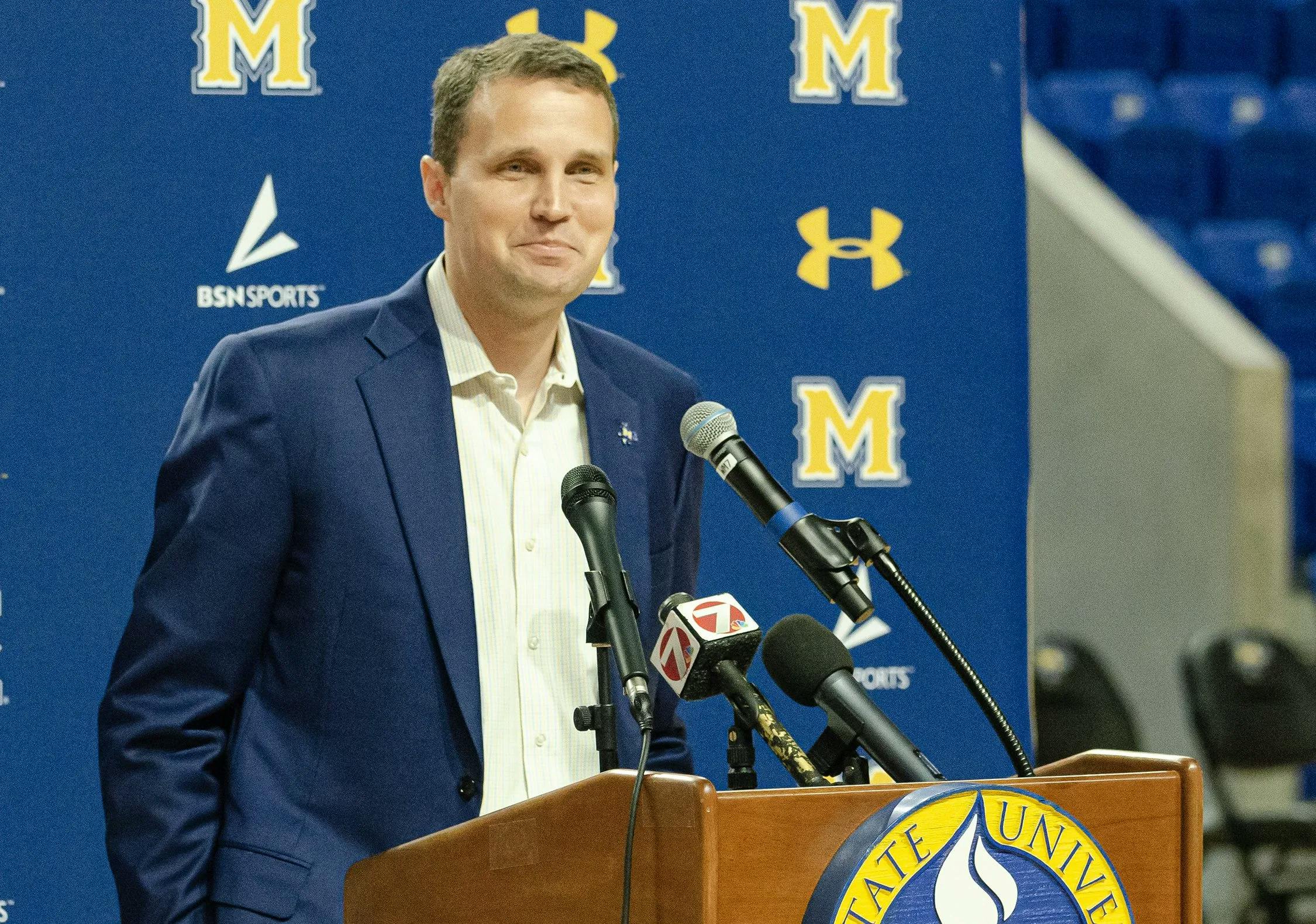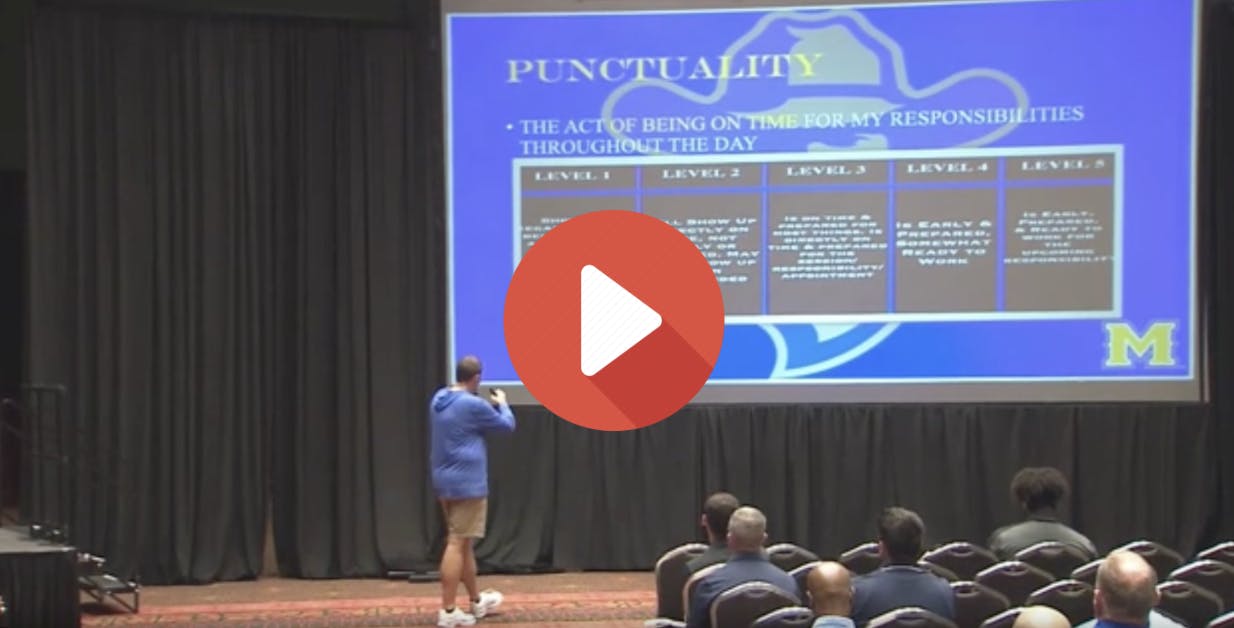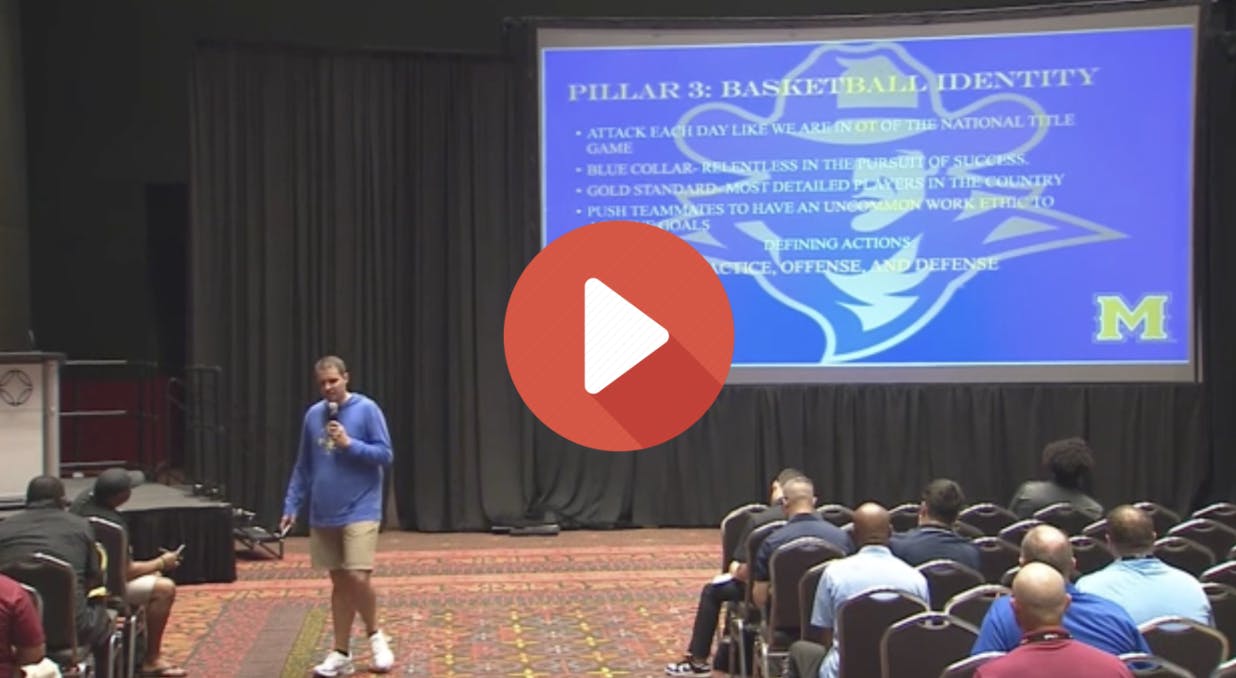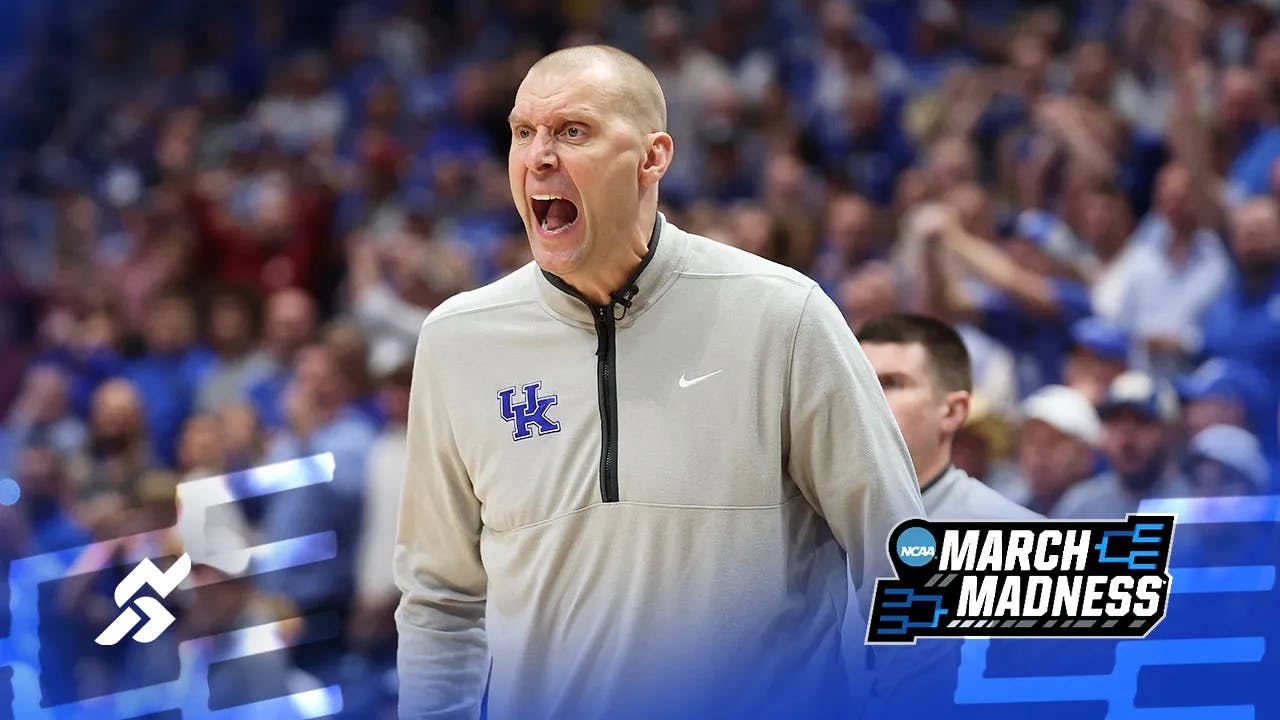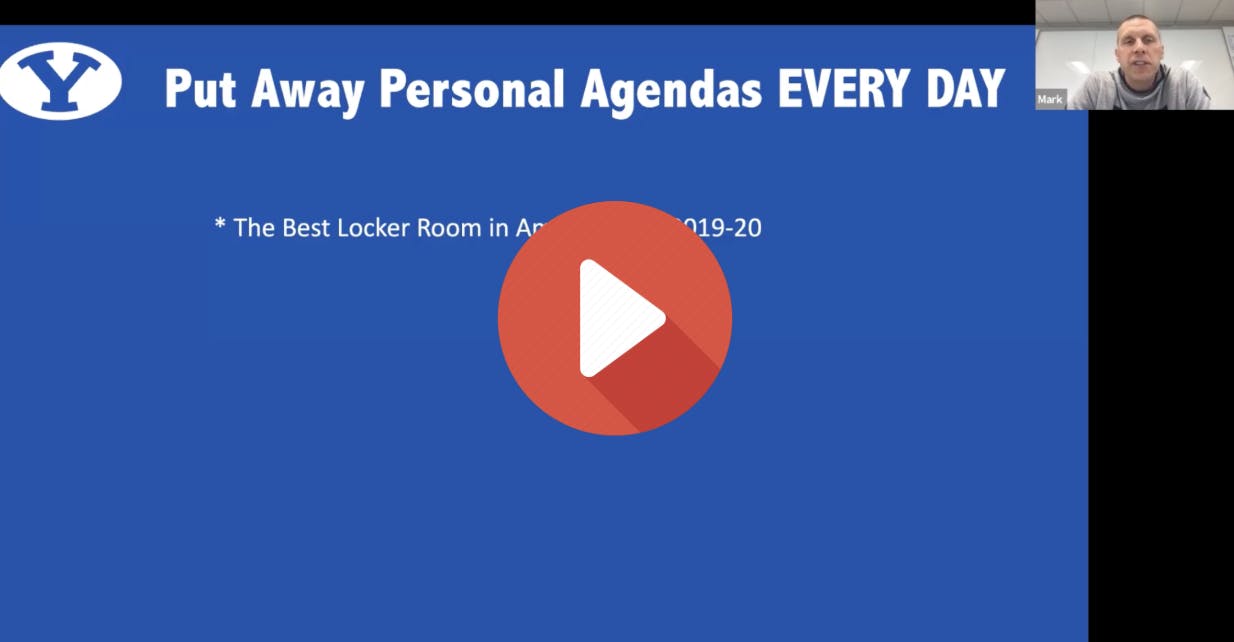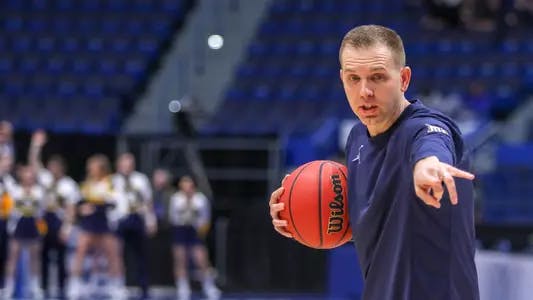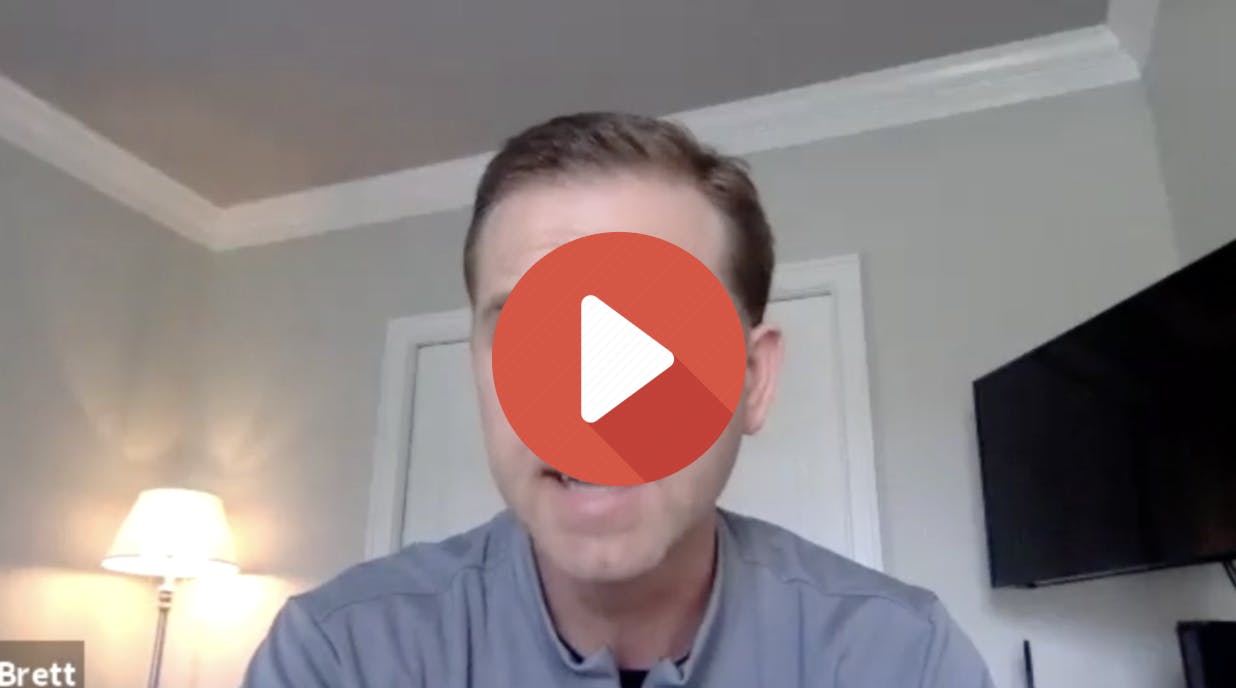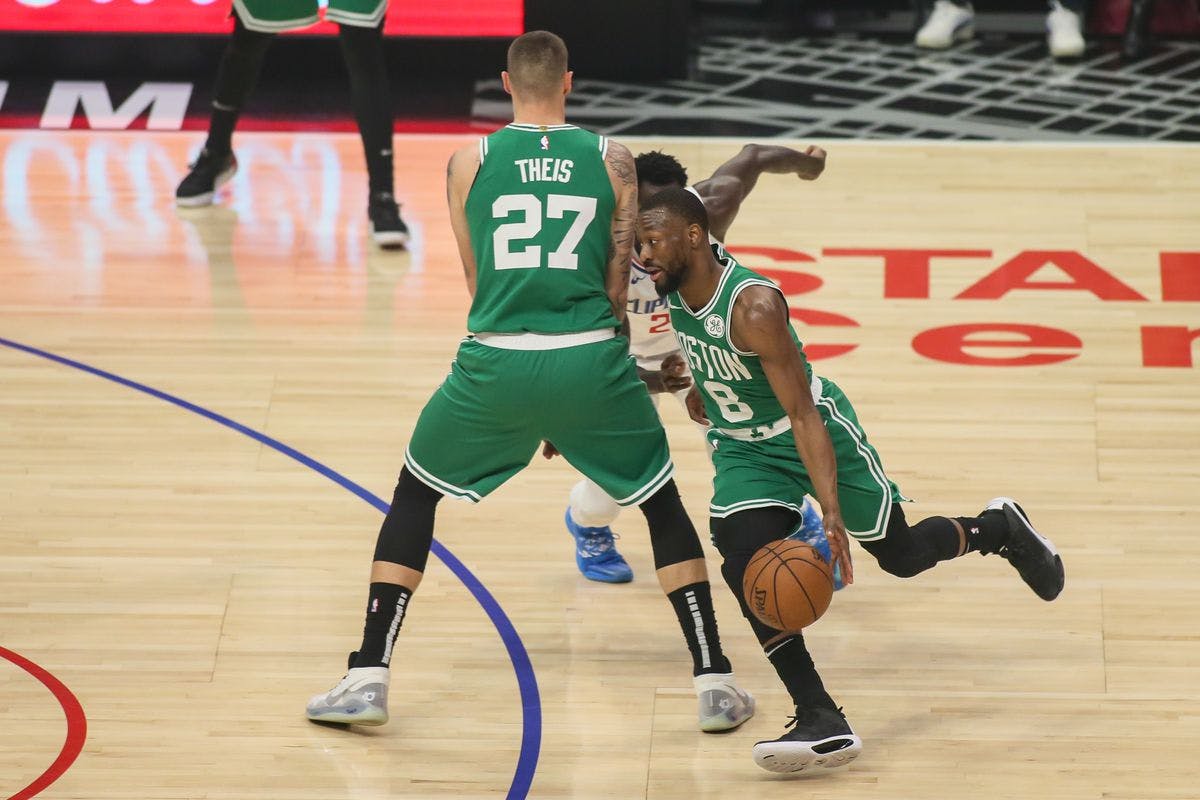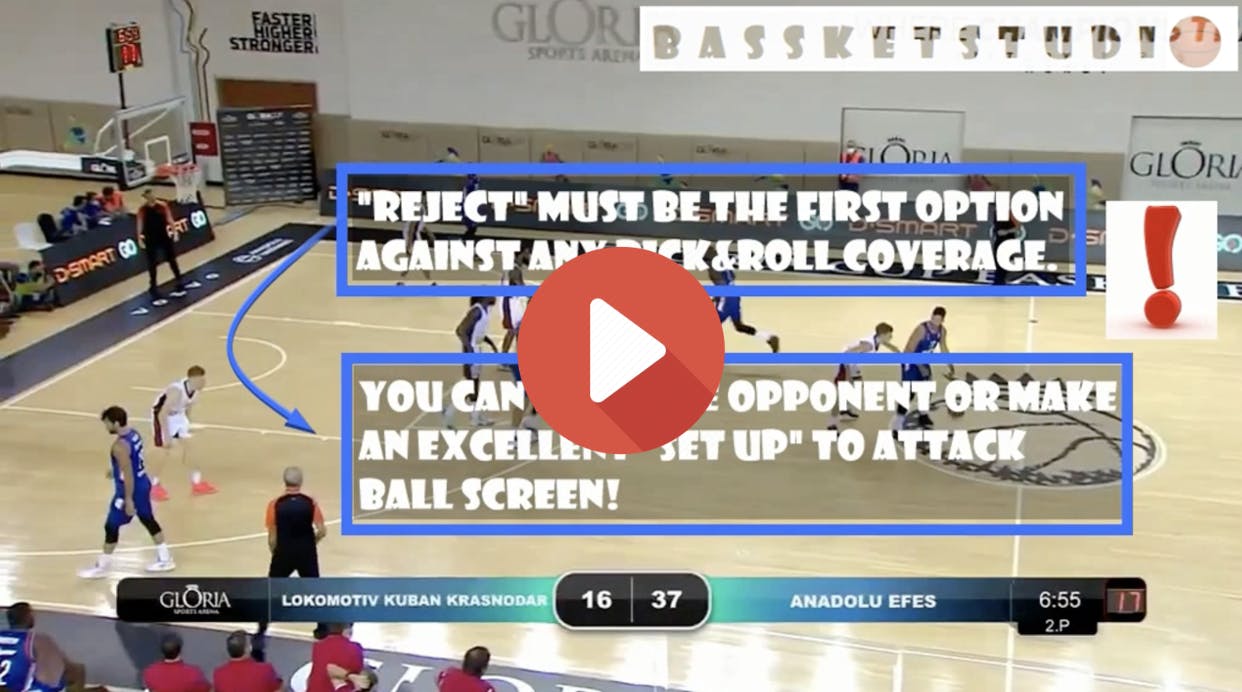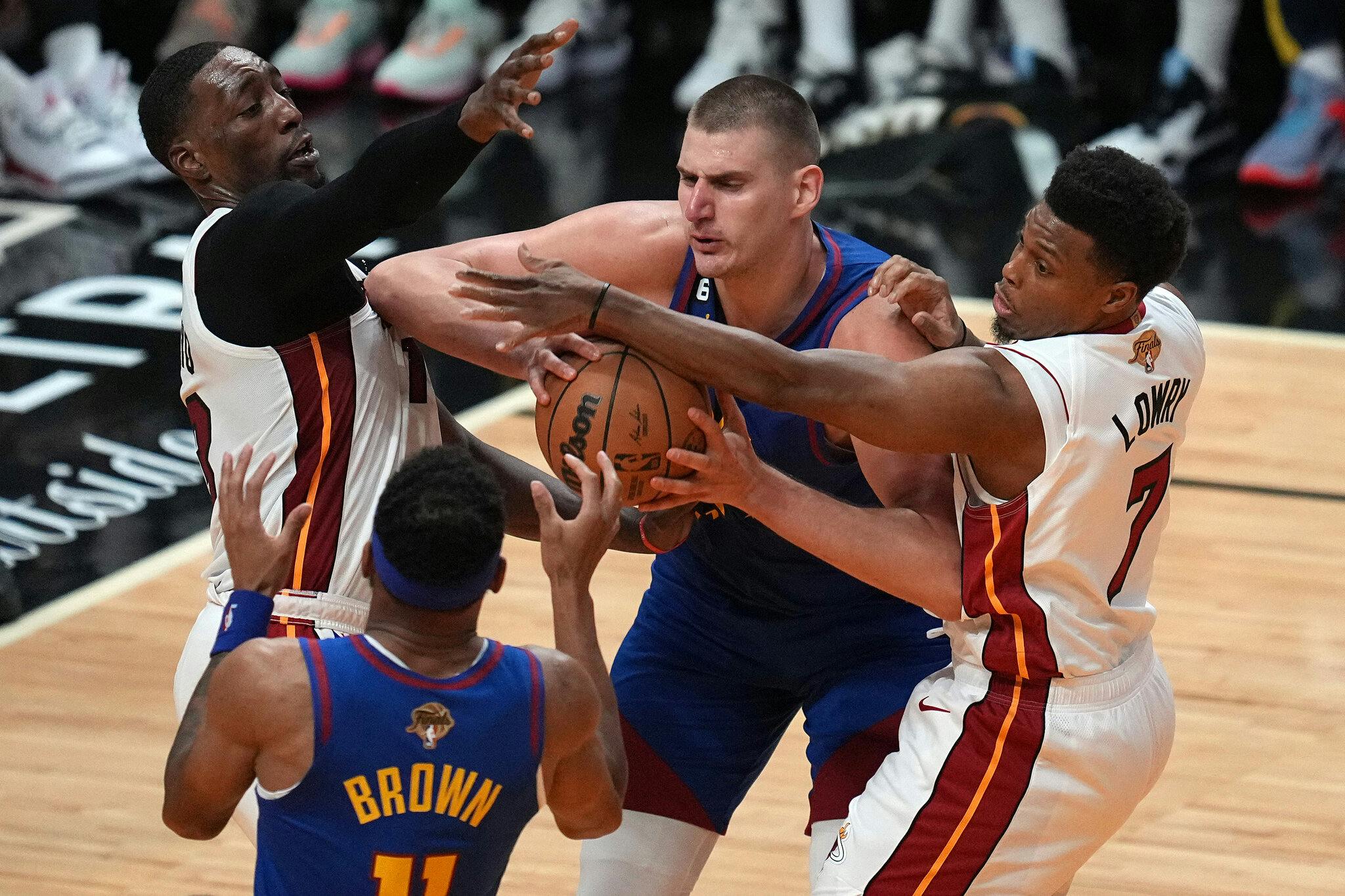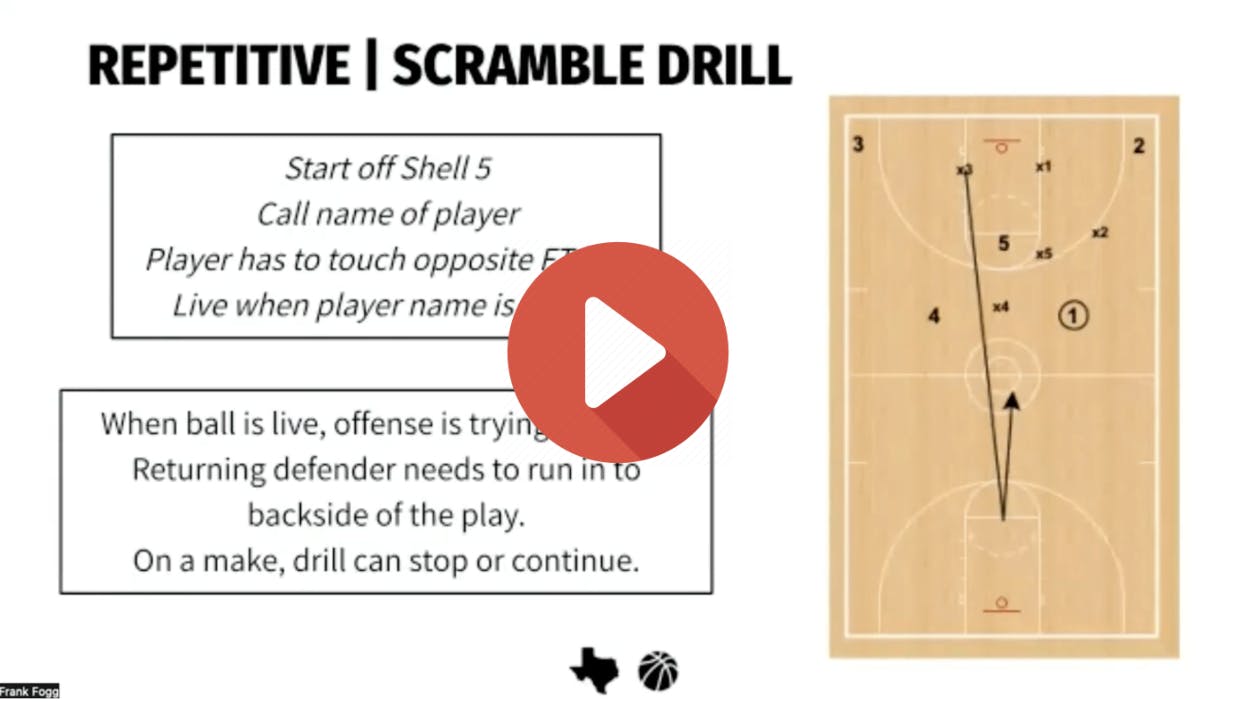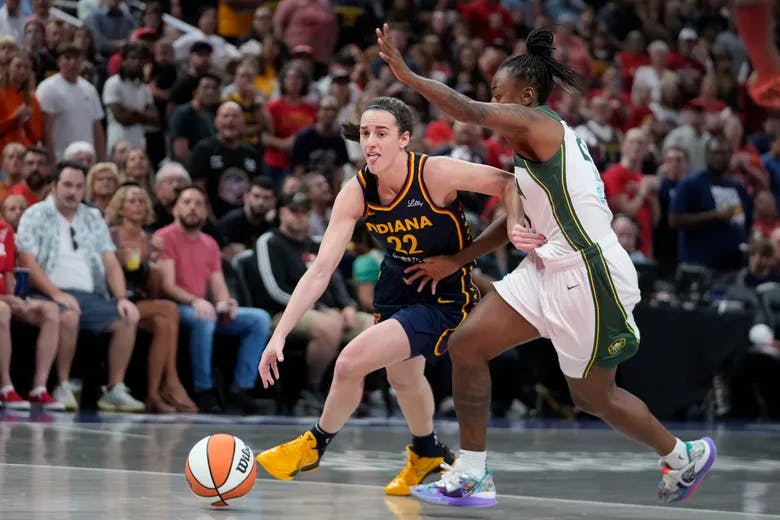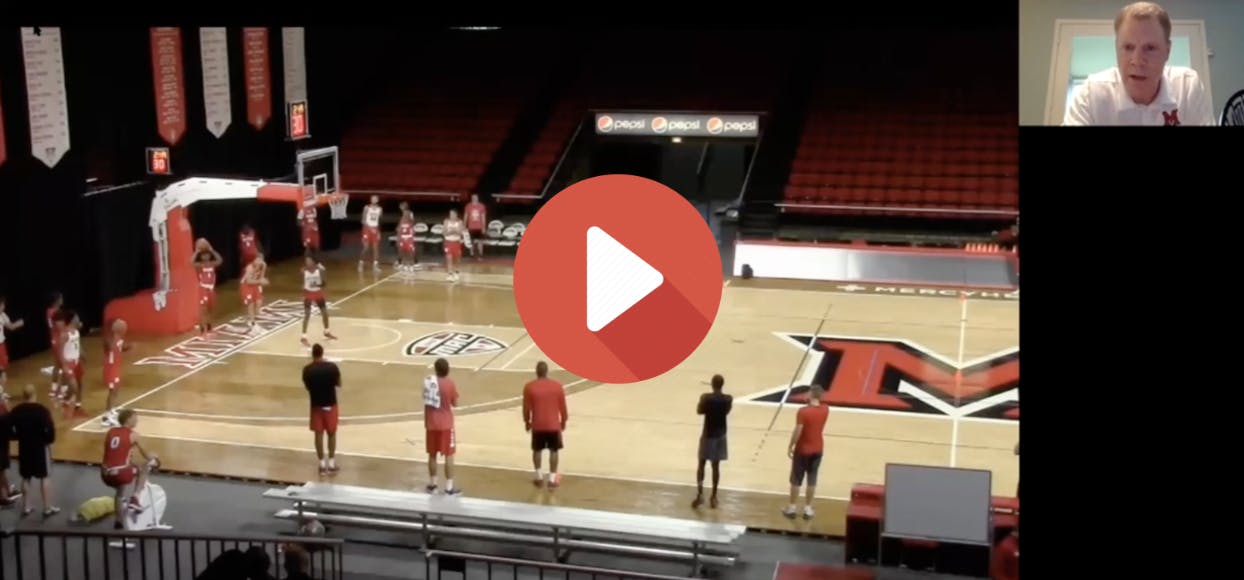The NBA Finals, UFL Kickin' It, Baseball And More Now Streaming On US Sports Radio
- By Grant Young
With the final buzzer of the season now silent, many players and teams might feel tempted to take an extended break from basketball. However, the champions of tomorrow are made during today's offseason. This period presents the perfect opportunity to address weaknesses, refine strengths, and build the foundation for next season's success through basketball workouts.
Generic training routines often fail to translate directly to in-game performance. Game situation-specific workouts create a bridge between practice and actual competition by:
1. Targeting real weaknesses exposed during the season
2. Creating muscle memory for high-pressure situations
3. Building decision-making skills that traditional drills might miss
For individual players, this means breaking down your game film to identify specific situations where you struggled. Did you have trouble finishing through contact? Were your defensive rotations slow? Did your shooting percentage drop in clutch situations? Each weakness requires tailored drills that replicate those exact game conditions.
Teams benefit equally from situation-specific training. If your squad struggled with breaking full-court pressure, design drills that simulate that exact scenario, complete with defensive traps and time constraints. If fourth-quarter execution was a problem, run scrimmages where the "defensive" team gets additional advantages to create heightened pressure.
The offseason allows coaches to experiment with these scenarios without the immediate consequences of a loss. It's the laboratory where teams can test new strategies and players can develop new skills.
Remember that the offseason isn't just about basketball skills — it's also about building physical attributes like strength, endurance, and flexibility that support your on-court performance.
While it can be tough to know which drills to use in the offseason, heeding the wisdom is respected coaches like Ryan Goodson is a great place to start.
Coach Goodson has trained more than 25,000 players from youth to the professional levels and has directed youth basketball camps across the globe because of his engaging teaching style and dynamic demonstrations. In 2011, he directed the Stephen Curry Skills Academy.
In his ‘Game Situational Workouts’ clinic, Coach Goodson lists several different drills and workouts that will prepare players for specific game scenarios that will be a massive benefit in the offseason. We have included two of his drills and listed them for you below.
Idan Ravin Court Vision Drill
One of the drills that Coach Goodson details is what he calls the Idan Ravin court vision drill, which is based on a friend he had who taught this drill to him.
This drill begins with the player dribbling one ball in each hand while remaining in an athletic stance. The key here is that the player keeps their gaze focused on the rim, the back of the basket, or some other focal point. For more advanced players, a coach can hold up numbers with their hand and have the player call them out.
From this point, the coach who is in front of the player is going to begin pointing either forward, backward, to the left, or to the right. Once they do this, the player will follow the direction in their pointing, all while remaining facing the same direction and having their eyes focused on the game thing they began the drill looking at.
From there, another variation that can be done is the player dribbling low with one hand and high with another. Then they can switch these hands during their next set.
The important aspect of this drill is training the player to not be looking down while they’re dribbling, which will be crucial in helping to improve their court vision during their next season.
Mastering the Escape Dribble

A good escape dribble is essential in basketball as it allows players to create space from defenders in tight situations. When executed properly, this skill helps maintain possession under pressure, prevents turnovers, and creates opportunities to pass or shoot.
Coach Goodman’s next drill addresses this directly. It will start with two cones placed at either side of the free throw line. The player will then take one dribble and make a right-handed layup from the right side and then do the same from the left side, all while keeping their dribble.
The key for this entire drill is to make each rep one dribble, because being able to extend a dribble while remaining explosive is crucial for the escape dribble.
After the free throw, the player will then extend out to the three-point line and do the same thing as before, all while trying to maintain just the one dribble while driving to the basket.
Finally, the player will do this from the half-court line. While it may be difficult to do this part with just one dribble, it’s what a player should be working toward and aiming to achieve.

Youth sports are a great way for kids to get physical
activity – and have fun with friends and family. Whether you’re playing a
game with your kids or coaching a youth sports team, make fun the #1
priority. Learn about the National Youth Sports Strategy and how you can
get involved: https://bit.ly/2lIHPUc


